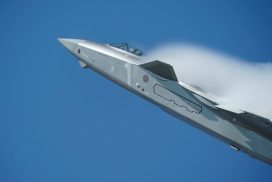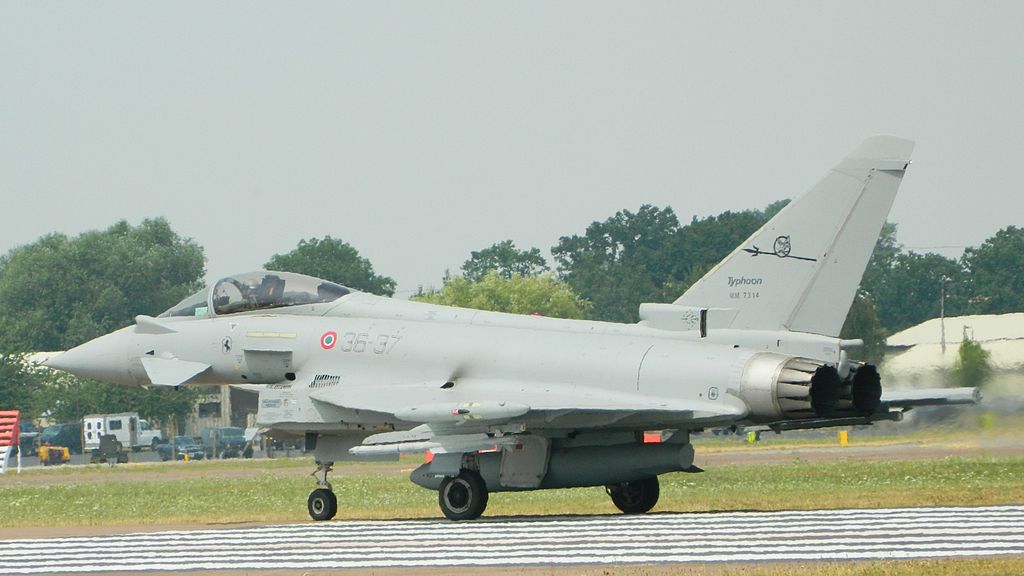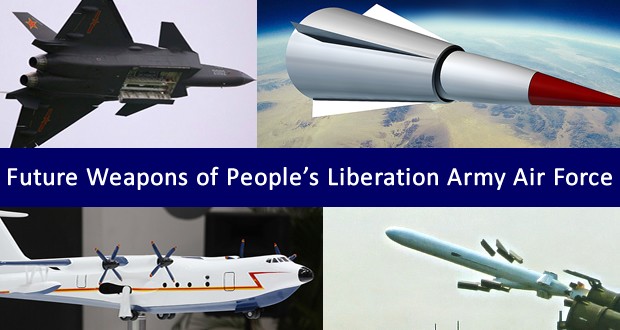a onblur=”try {parent.deselectBloggerImageGracefully();} catch(e) {}” href=”http://bp3.blogger.com/_RRbP6fpJWAc/RwtawXZxPaI/AAAAAAAAAVo/TkEUYADuQ7k/s1600-h/dn2946-1_250.jpg”img style=”margin: 0pt 10px 10px 0pt; float: left; cursor: pointer;” src=”http://bp3.blogger.com/_RRbP6fpJWAc/RwtawXZxPaI/AAAAAAAAAVo/TkEUYADuQ7k/s320/dn2946-1_250.jpg” alt=”” id=”BLOGGER_PHOTO_ID_5119285188399021474″ border=”0″ //aA formerly top secret, bat-winged stealth jet has taken the aviation world by surprise, after a low key unveiling in St Louis, Missouri. pIt may look like it flew straight off the screen of a sci-fi movie, but the Bird of Prey is no flight of fancy – it could translate into serious business for its makers, aerospace giant Boeing./p p”Here we have an example of a classic ‘black’ programme: an aircraft which has been built and flight tested for a number of years – and no one outside the programme knew about it,” says Nick Cook, aerospace consultant to iJanes Defence Weekly/i. Other highly classified aircraft that have ultimately been revealed included the U-2 and Blackbird spy planes and the B-2 stealth bomber./p pThe Bird of Prey cost $67 million and is the product of Boeing’s advanced research and development division, the Phantom Works. It first flew in 1996 and is said to have demonstrated a range of stealth and production technologies./pbr /h5Agile and stealthy/h5 pIt is a single seat, single engine design and with a reported maximum altitude of 6100 metres (20,000 feet). Its top speed is a relatively sedate 480 km/h (300 mph). /p pThe unconventional configuration of the Bird of Prey suggests it has been designed to be highly agile and stealthy. But even though the aircraft itself has been revealed to the public, the stealth systems designed to suppress acoustic, infra-red, radar and even visual signatures are likely to be as highly classified as ever. /p pSources suggest they may include active camouflage systems to reduce visibility by using panels or coatings that change colour or luminosity. This could allow safe combat missions in daylight, rather than being restricted to night flying. “And that would represent a revolutionary milestone in aerial warfare,” says Cook. /p pIt is known that such technologies have been studied for several years, most probably at the remote test site in the Nevada desert near Groom Lake, better known as Area 51. This was also the probable location for the Bird of Prey’s 38 test flights./ppa onblur=”try {parent.deselectBloggerImageGracefully();} catch(e) {}” href=”http://bp3.blogger.com/_RRbP6fpJWAc/RwtbfXZxPbI/AAAAAAAAAVw/zXfA2_EViEA/s1600-h/dn2946-2_185.jpg”img style=”margin: 0pt 0pt 10px 10px; float: right; cursor: pointer;” src=”http://bp3.blogger.com/_RRbP6fpJWAc/RwtbfXZxPbI/AAAAAAAAAVw/zXfA2_EViEA/s320/dn2946-2_185.jpg” alt=”” id=”BLOGGER_PHOTO_ID_5119285995852873138″ border=”0″ //a/ppA key aspect of the project was that the aircraft would be inexpensive to build. Phantom Works engineers say they used disposable tooling and 3-D virtual reality for its design and assembly./p pIt has not been confirmed whether the Bird of Prey was ultimately intended to be manned or unmanned. But the aircraft has clearly had a major influence in the design of Boeing’s unmanned combat air vehicle (UCAV) demonstrator, the X-45. Two of these pilotless combat planes are currently undergoing test flights./p pArmed UCAVs are among the hottest projects in military aviation, having the obvious advantage of not risking life, as well as being cheaper than manned aircraft./p pCook is not surprised that the Bird of Prey was at least initially a manned aircraft, as this helps gather performance data. “You may be sure that lessons learned from this programme will find their way into both manned and unmanned aircraft, not simply in terms of flight characteristics, but crucially in the method of design and production,” he says. And any company that steals a lead on its UCAV competitors stands to win very lucrative development and production contracts in the future./pSource: newscientist.com
Menu
Copyright © 2007- 2025 • Defence Aviation • All Rights Reserved. Reproduction without explicit permission is prohibited.



